
Recognizing the Final Signs: Understanding the 11 Symptoms That Indicate De@th Is Near
Recognizing the signs that death is near can provide comfort and preparedness for both the individual and their loved ones. Understanding these indicators allows for compassionate care and meaningful final moments.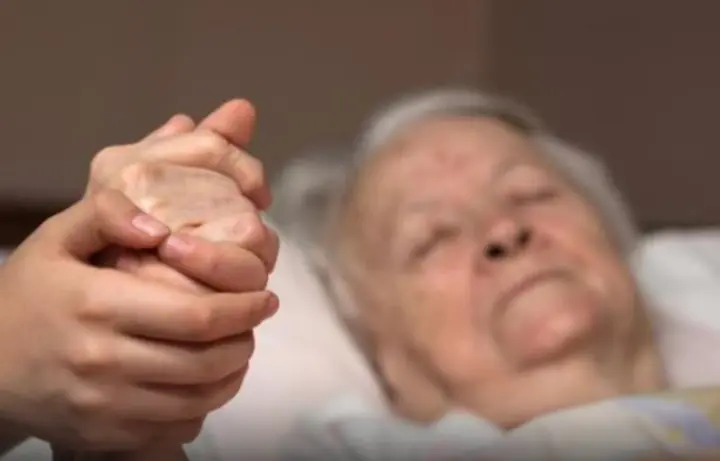
Facing the impending death of a loved one is an emotionally challenging experience. While each individual's journey is unique, certain physical and behavioral changes often signal that death is approaching. Being aware of these signs can help caregivers provide appropriate care and support during this difficult time.
1. Decreased Appetite and Thirst
As the body prepares for the end of life, the need for nutrition and hydration diminishes. Individuals may show little interest in food or drink, and swallowing may become more difficult. This is a natural part of the dying process and does not cause discomfort.
2. Increased Sleep and Decreased Responsiveness
Many individuals nearing death spend more time sleeping and may become less responsive to external stimuli. This drowsiness is due to the body's decreasing energy needs and is not a cause for concern. Caregivers should ensure comfort and safety during this time.
3. Changes in Breathing Patterns
Breathing may become irregular, with periods of rapid breaths followed by pauses. This pattern, known as Cheyne-Stokes respiration, is common in the final stages of life and indicates that the body is slowing down.
4. Weakening Muscles and Loss of Mobility
Muscle strength diminishes as death approaches, leading to decreased ability to move or perform daily activities. Assistance with repositioning and comfort measures can help manage this change.
5. Decreased Urine Output and Incontinence
As the kidneys' function declines, urine output decreases. Individuals may experience incontinence or a complete cessation of urination. Providing appropriate hygiene and comfort measures is essential.
6. Coolness and Color Changes in the Skin
Reduced circulation can cause the skin, especially on the hands and feet, to become cool and pale. Mottling, or purplish-blue patches, may also appear. These changes are signs of the body's systems slowing down.
7. Decreased Blood Pressure and Irregular Heartbeat
Blood pressure often drops, and the heartbeat may become irregular or faint. These cardiovascular changes reflect the body's transition toward the end of life.
8. Restlessness and Agitation
Some individuals may exhibit restlessness or agitation, possibly due to discomfort or confusion. Providing a calm environment and addressing any physical needs can help alleviate these symptoms.
9. Withdrawal from Social Interaction
A desire to be left alone or a withdrawal from social interactions is common as individuals approach death. This behavior is a natural part of the process and should be respected by caregivers and family members.
10. Hallucinations or Delirium
Changes in brain function can lead to confusion, hallucinations, or delirium. These symptoms can be distressing but are often temporary and related to the dying process. Medical intervention may be necessary to manage these symptoms.
11. The "Death Rattle"
A rattling or gurgling sound during breathing, known as the "death rattle," occurs when saliva and mucus accumulate in the throat and airway. While it may sound distressing, it does not cause discomfort to the individual. Positioning the person on their side and providing suctioning can help alleviate this symptom.
Conclusion:
Recognizing the signs that death is near allows caregivers and family members to provide compassionate and informed care. Understanding these indicators can help alleviate anxiety and ensure that the individual experiences comfort and dignity in their final days.
News in the same category


The Golden Treasures of the Deep: Three Fish Revered as “Golden Soft-Gold Underwater”
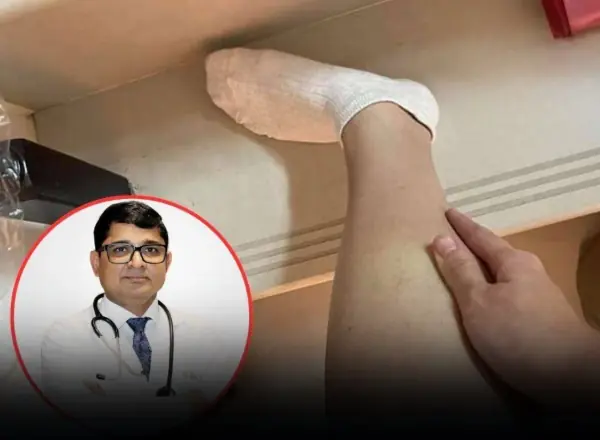
Beware of Diabetes If You Frequently Experience These 5 Strange Symptoms
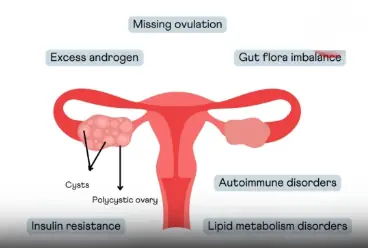
Eat 6 things to help women detoxify their ovaries and prevent gynecological diseases
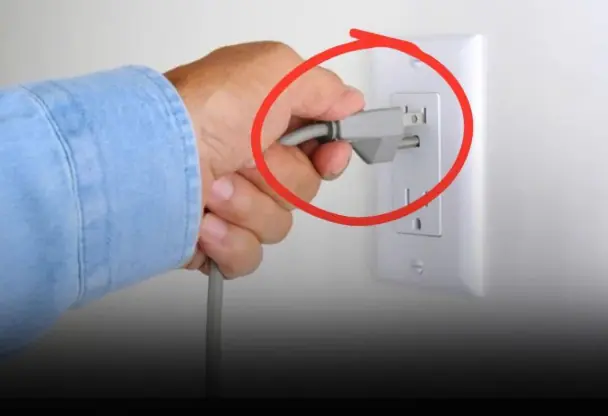
4 Power-Hungry ‘Electricity Monsters’ in Your Home—Most People Are Shocked by How True This Is

All sm.art people do that
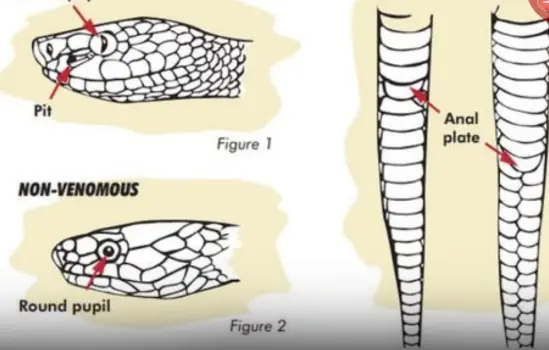
When bitten by a snake, you should do these things first
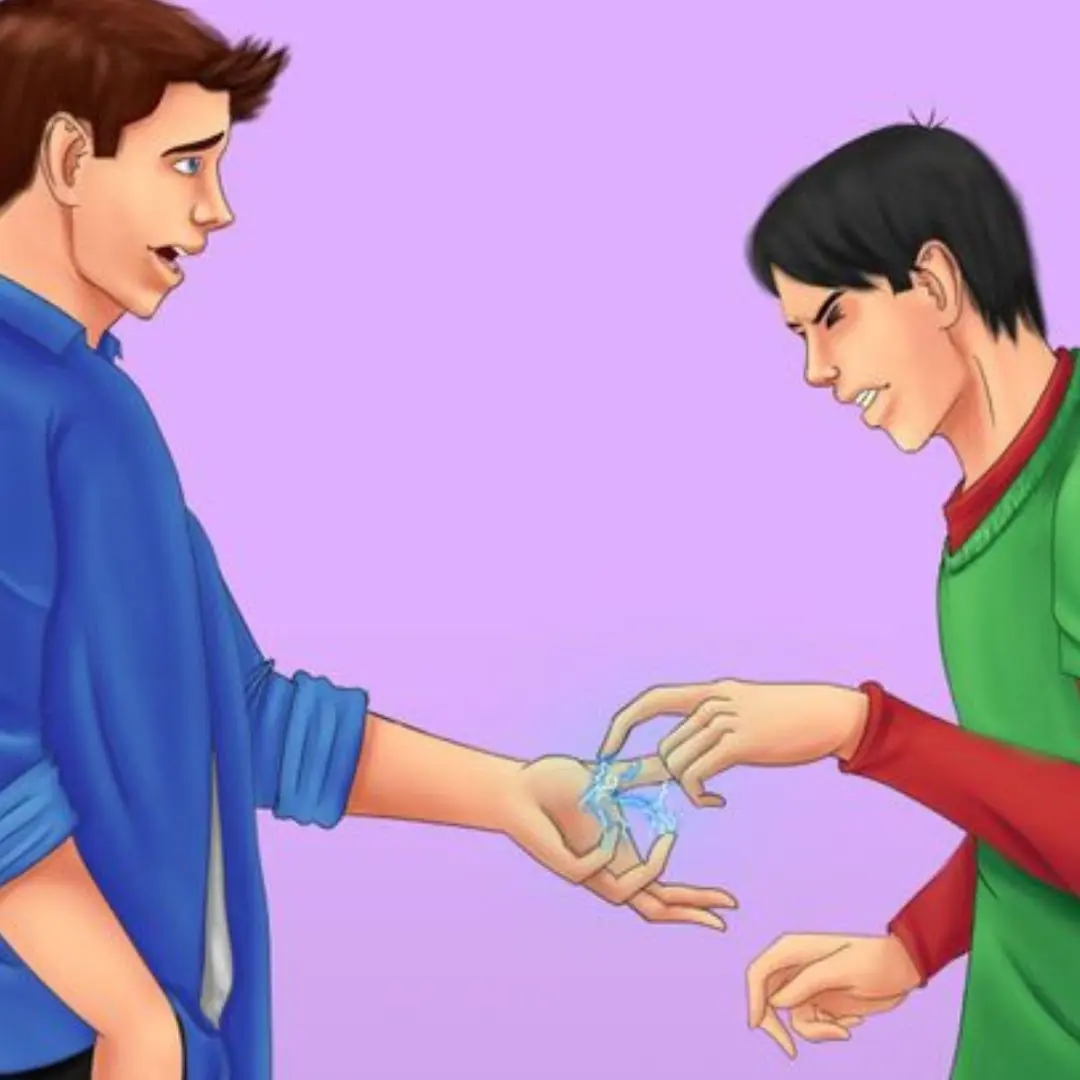
Why You Might Feel a Light Electric Sho.ck When You Touch Someone

Doctor’s Warning: 3 Foods You Should Never Eat Within 3 Hours Before Bed

She Kept Crying About Pain in Her Bottom — What the Doctor Said Left Her Parents in Shock

5 Changes in Your Feet That Signal Your Li.ver Is “Exhausted” It Might Have Been Can.cer for a Long Time
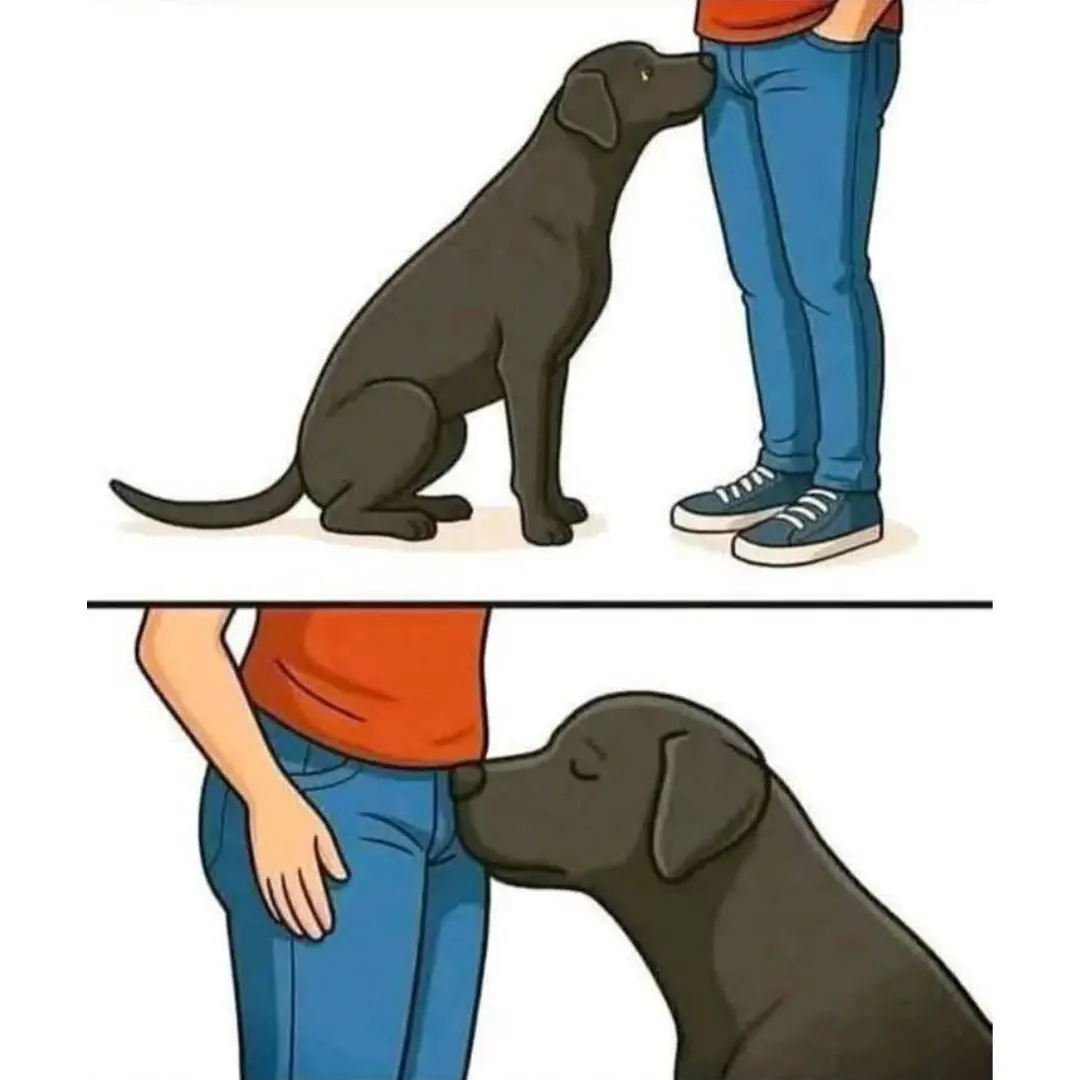
Why Do Dogs Sniff Your Crotch? Experts Explain This Awkward Canine Behavior

What happens to people who regularly eat sweet potatoes for breakfast over a long period of time?

One Person Hangs the Laundry, the Whole Family Gets Sick

Foot Pain Relief: Should You Soak Your Feet in Warm Water or Cold Water? The Answer Might Surprise You!
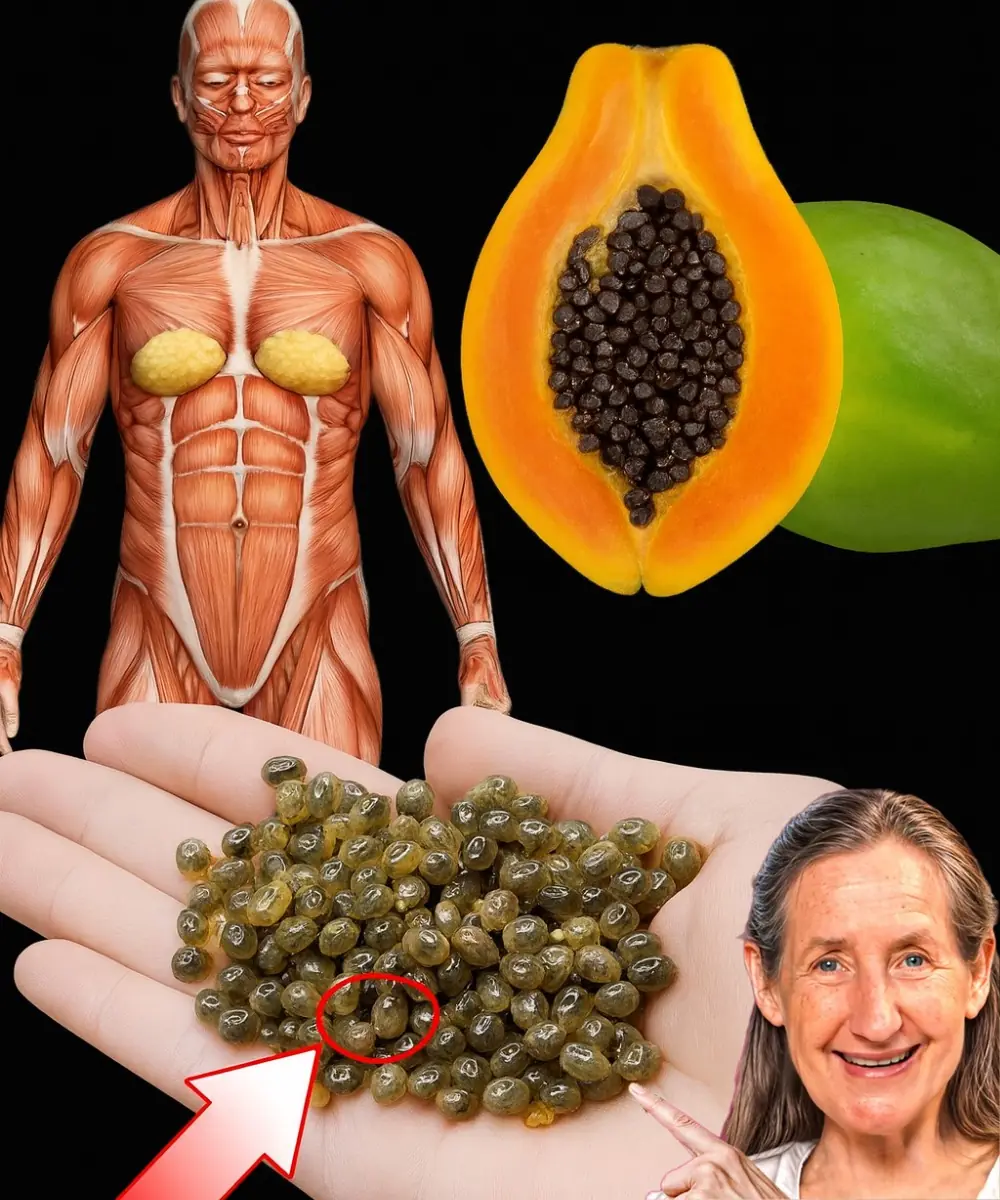
Papaya seeds can save you a lot of money at the pharmacy
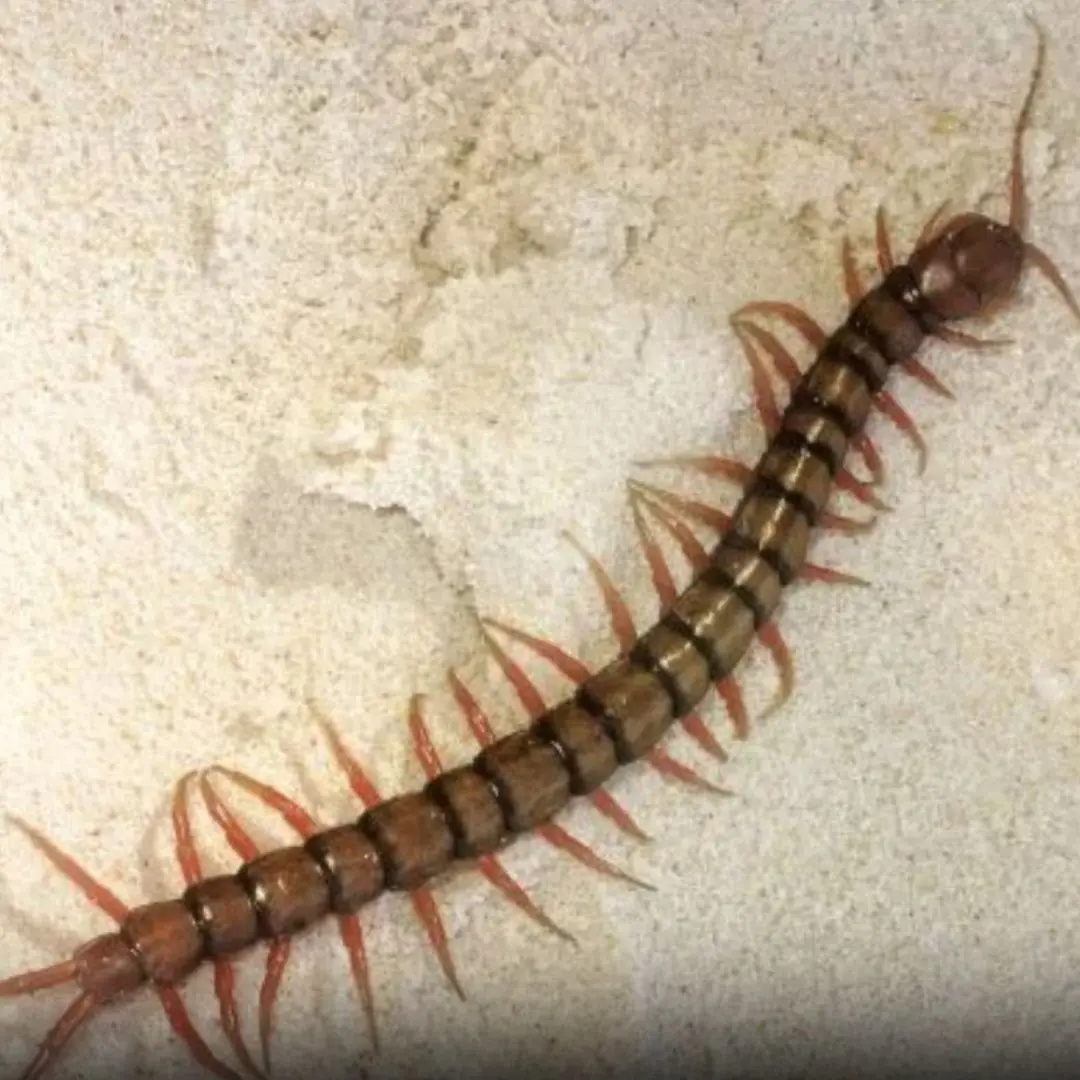
A centipede in your home isn’t random — here’s what it actually means

Experts Say 3 Major U.S. Regions Face Risk of Tsunamis and Flooding

Pain in these 3 spots shouldn’t be ignored — it may signal lung can.cer
News Post
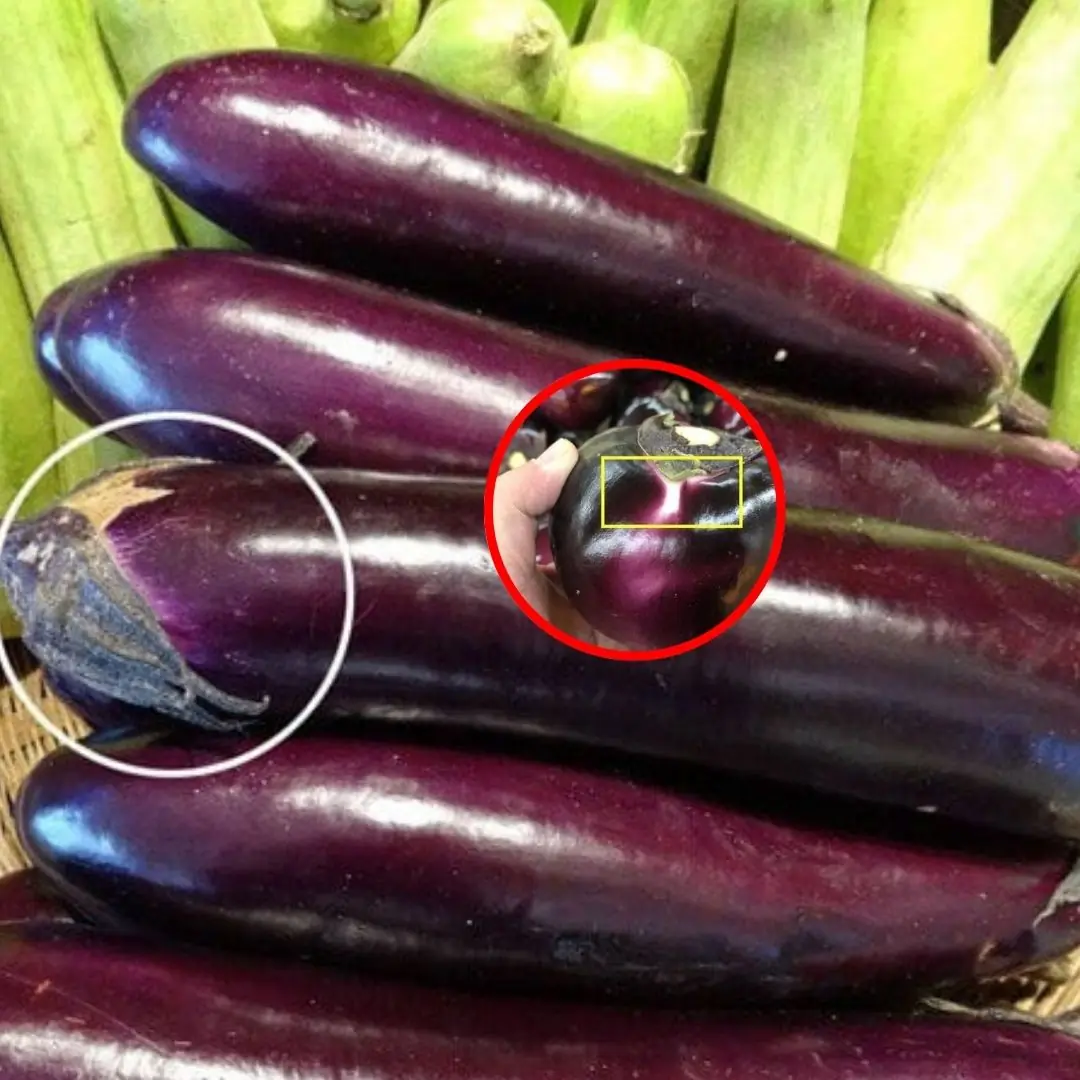
Unlock the secret to choosing perfectly tender, flavorful eggplants — fresh, safe, and free from preservatives!

How Often Do You Really Need to Shower, According to Science

Doctors warn that if you have these signs on your nails, you need to be careful with 5 types of diseases. You should see a doctor as soon as possible.
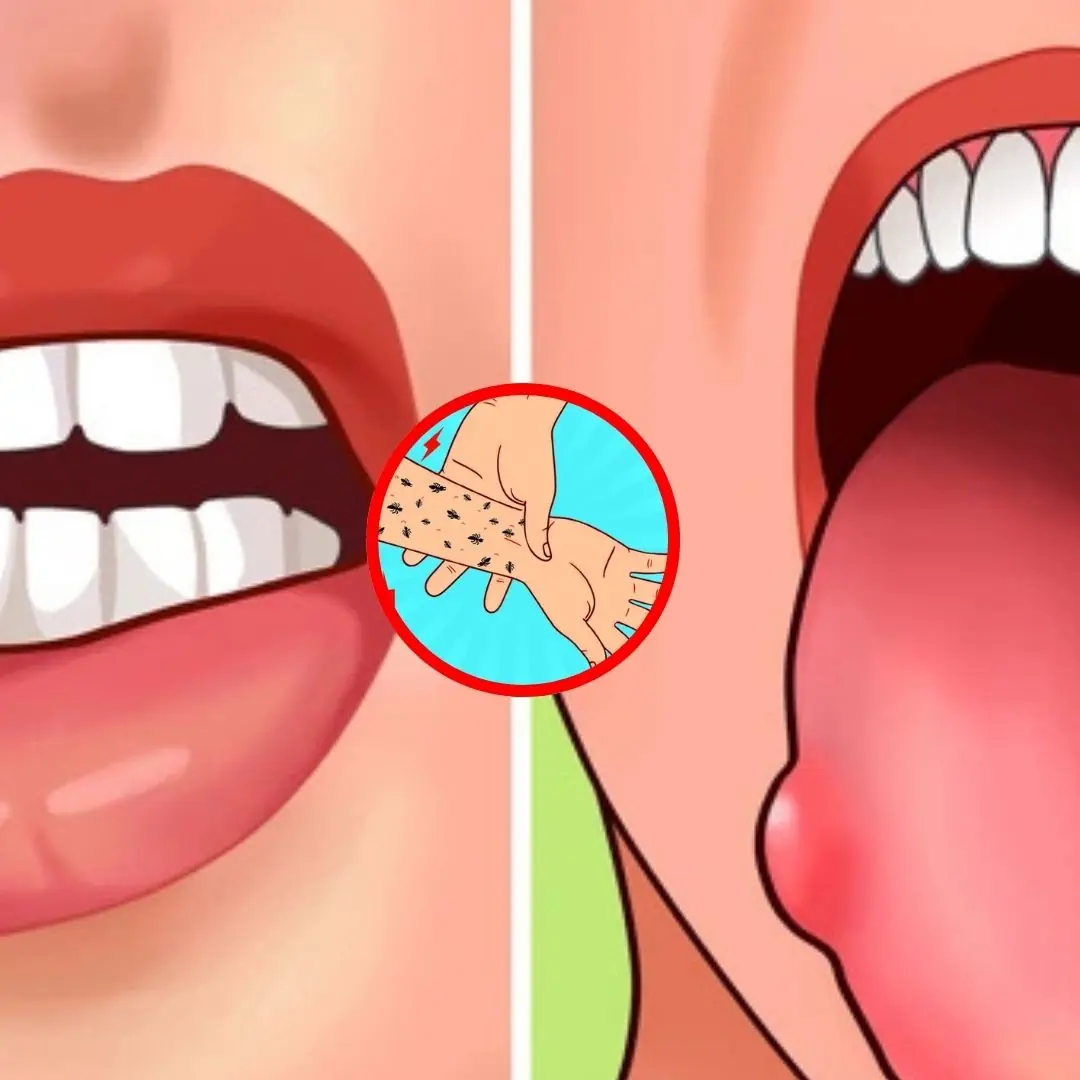
Understanding the Signals: What Your Body Is Trying to Tell You
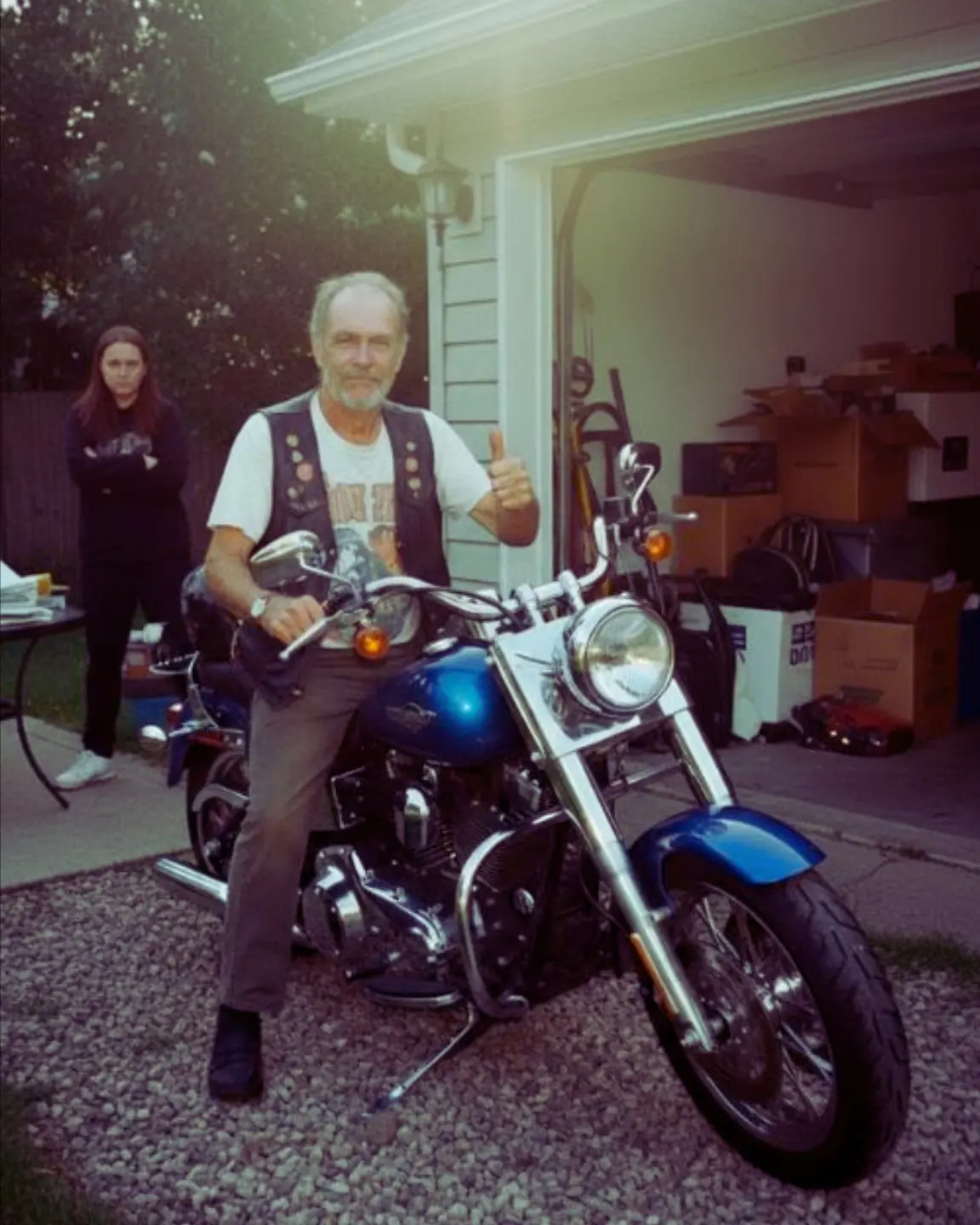
My Father’s Last Ride: The Day I Realized I Was Wrong About Everything

3 Types of Fish Considered the “Best in the World”

These Bikers Kidnapped My Twins And I Begged Them Not To Bring Them Back
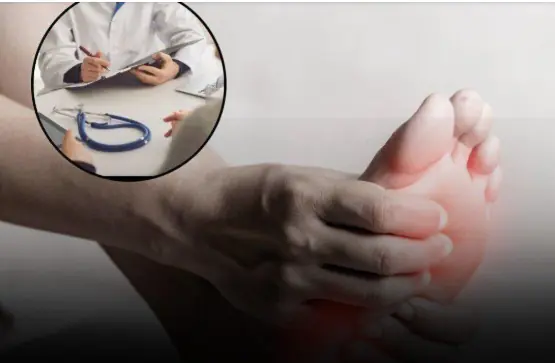
Beware Of Diabetes If You Frequently Experience These 5 Strange Symptoms

4 Fruits Known as the “Enemies” of Can.cer

Follow this tip and your fish will stay fresh without losing its nutrients

A Biker Showed Up At My Wife’s Grave Every Week And I Had No Idea Who He Was

Doctors say there are 5 symptoms after meals

What Happens to People Who Regularly Eat Sweet Potatoes for Breakfast Over a Long Period of Time?

Bathroom and toilet doors should be closed or open

The Golden Treasures of the Deep: Three Fish Revered as “Golden Soft-Gold Underwater”

11 Signs Your Body Is Giving You Important Alerts

Snakes are very af.raid of these 2 types of flowers

Everyone needs to pay attention when reheating cold rice

5 Common Refrigerator Mistakes That Multiply Bacteria by 10 Times
